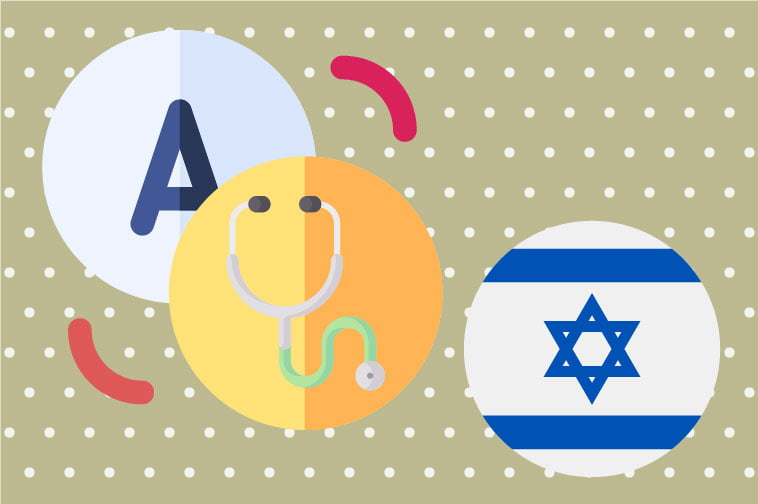Hebrew Medical Translation
Hebrew Medical Translation

Hebrew is a Semitic language spoken by over 9 million people, primarily in Israel, where it holds official status. With Israel being a global leader in medical innovation, Hebrew medical translation has become essential for effective communication, regulatory compliance, and patient safety.
GPI offers certified medical document translation services in all languages, including Hebrew, ensuring precision, confidentiality, and adherence to international standards for all your medical content needs.
Medical Fields that Require Hebrew Medical Translation
Medical translations into Hebrew are needed across a wide range of specialties, including:
- Pharmaceuticals
- Dentistry
- Bio-medicine
- Medical Equipment
- Diagnostics
- Public Health
- Anesthesiology
- Environmental Health
Each field makes unique demands on medical translators: not only must they have a facility for the appropriate terminology, they must also understand the basic science behind the terms.
Qualifications and Standards for Medical Translators into Hebrew
- The projects for Hebrew medical translation must be executed by highly skilled and experienced translators with a thorough understanding of specific medical fields.
- Hebrew medical translation must provide an accurate rendering of the source content into Hebrew and must be adapted for the target Hebrew reader.
- Hebrew medical translators should be highly credentialed individuals with certifications, accreditation, or advanced degrees as appropriate to the field for which they are translating.
- A Hebrew medical translator should have solid experience in the chosen medical subject area(s) and be equipped with the latest English-to-Hebrew dictionaries.
To comply with international regulations for selling and distributing medical products, medical translators must provide accurate documentation in Hebrew and other languages. Translation teams must adhere to strict quality control processes to meet labeling, product sheet, and health and medical advice laws.
Certified Hebrew Medical Translation Services
If you need a medical translation into Hebrew, look for a company that works with highly qualified, experienced translators. They should also be able to provide notarization and consent for translations when required, and have proper non-disclosure policies in place.
Why Medical Translation Matters in Clinical Trials
Accurate medical translations are required for clinical trials because they protect both patient well-being and regulatory standards. Because patients could face health complications from inaccurate translations. All medical documents, including consent forms and medication instructions, must be easy to understand by the target reader, especially patients
Medical translations about trial purposes and risks must be precise so that the Hebrew speakers in Israel can fully understand them. The quality of translation could lead to participants dropping out or facing health risks. Hebrew medical translation must have accurate execution to maintain safety standards and reliability.
Medical Translation Services (FAQs)
🔹 Why is certified medical translation important?
Medical documents require certified translation to fulfill legal requirements as well as ensure both accuracy and compliance in clinical trials, medical devices, and patient care.
🔹 Who needs Hebrew medical translation services?
Healthcare providers, clinical researchers, pharmaceutical companies, medical device manufacturers, and hospitals need professional translation services for precise communication and compliance purposes.
🔹 Why is accuracy so important in medical translation?
Medical translation accuracy serves as a vital safeguard for patient safety because it enables precise communication between health professionals and patients limited in language proficiency. Through accurate medical translation, patients can avoid miscommunications and understand information related to their medical condition.
© Copyright 2025 Globalization Partners International.
® All Trademarks are the property of their respective owners.
All graphics used in this report were provided by Flikr, Google Images and other free internet resources for pictures.